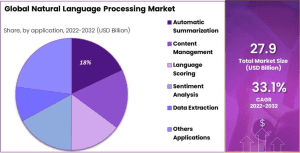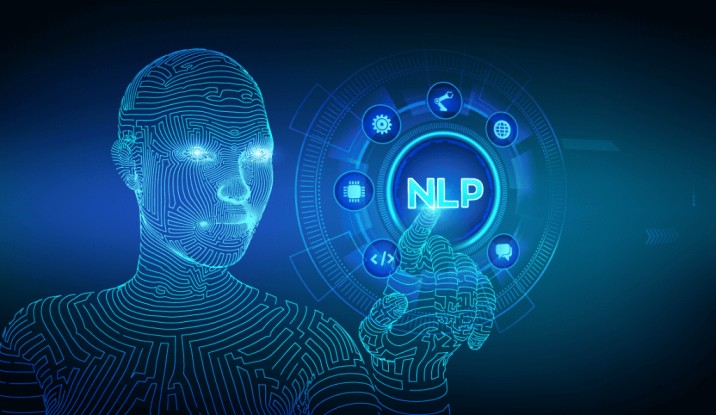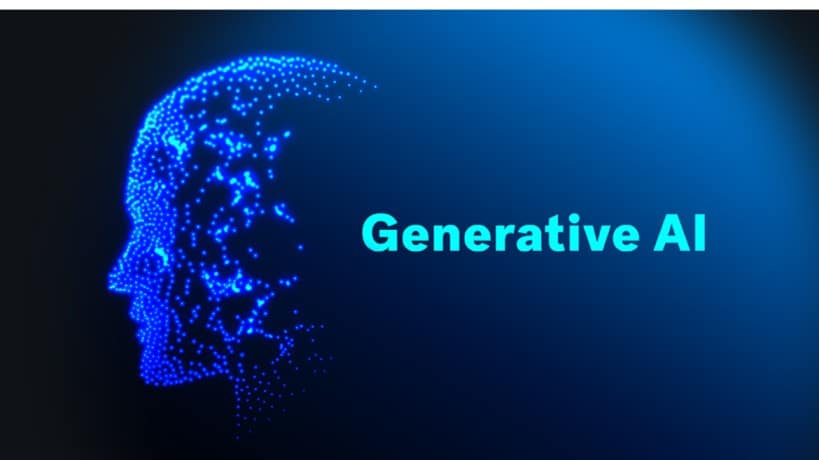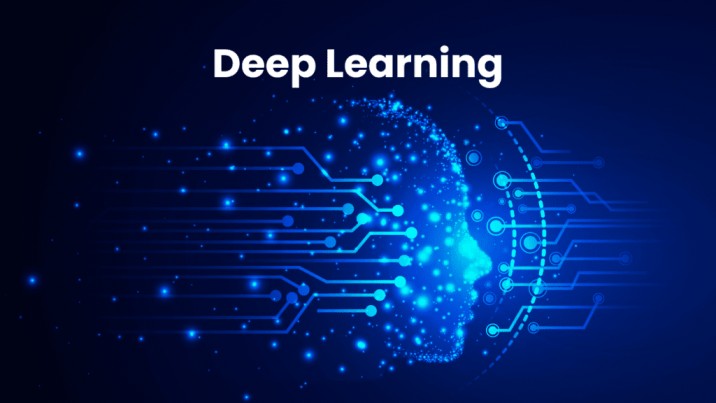Many industry figures indicate that the volume of data doubles every two years; however, this time frame can be further shortened in the future. Text data makes up the majority of this data (about 79 percent) NLP stands for natural language processing, and it is the study of successful communication with oneself and others. Therapists who have successfully worked with clients and are excellent communicators served as inspiration for its creation. Artificial intelligence technology includes natural language processing (NLP), which enables computers to perform other activities and converse with people in their native tongue.
Importance of NLP in data science:
Eliminates Ambiguity in Language: The vocabulary of humans is extensive and multifaceted. Therefore, we require guidance on the proper grammar to use. But natural language processing (NLP) can assist you in identifying any confusion and providing the data with useful numerical frameworks, like “Text Analysis.” NLP Automates the Processing of Huge Amounts of Data: It reads to understand and interpret data with a quotient of analyzing the sentiment present. It can even detect the importance of the context to give accurate results.
Why did you choose NLP?
People who are dissatisfied with the outcomes of their automatic thought, feeling, and behavior processes typically study NLP. They have the capacity to form deeper connections with people, they aspire to do more, do more, and exhibit greater self-assurance, drive, and confidence. Their aspirations are to accomplish more, take on greater challenges, develop deeper interpersonal connections, and become more self-assured, driven, and confident.
Career growth in NLP

After being valued at USD 16.08 billion in 2022, the global market for natural language processing is projected to grow at a compound annual growth rate (CAGR) of 38.4% from 2023 to 2032, or roughly USD 413.11 billion. There are many different employment options in NLP engineering, including working for startups, research institutes, and big IT firms. The chances for anyone looking to enter the field are growing along with the need for NLP engineers.
CURRICULUM
Introduction to Natural Language Processing (NLP)
- The foundations of NLP and its uses
- Text preparation (stemming, lemmatization, tokenization) Part-of-speech tagging
- Identification of named entities (NER)
- The development of language models
Core NLP Techniques and Algorithms
- TF-IDF with the Bag of Words (Bo)
- Word embeddings Glove, Word2Vec
- Long Short-Term Memory and Recurrent Neural Networks
- Transformers as well as methods of concentration
- Models that go from one sequence to another
Advanced NLP and Deep Learning
- Trained models beforehand (BERT, GPT)
- Text categorization and sentiment analysis
- Language generation and machine translation
- Synthesis and recognition of speech
- Adapting NLP models and transferring learning
NLP in Data Science Applications
- Gathering and annotating data
- Information retrieval and text mining
- Modeling topics and grouping documents
- Social media sentiment and emotion analysis
- Project-based learning and case studies in practical settings







